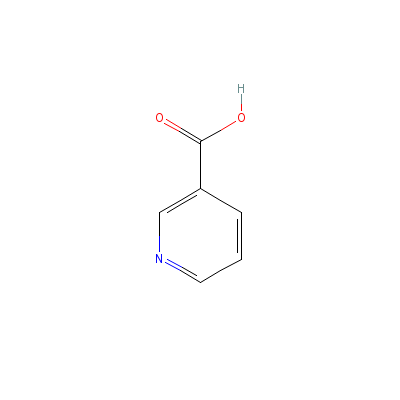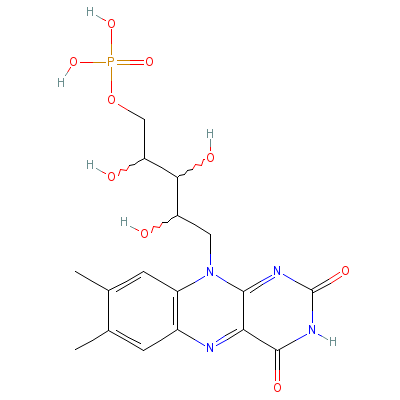| |
|
|
Botanical Name |
: |
Canna indica L. |
English
Name |
: |
Queensland arrowroot, Indian shot |
Synonym(s) |
: |
Canna coccinea P. Miller, Canna edulis Ker-Gawler, Canna orientalis Roscoe |
Family |
: |
Cannaceae |
| |
General Info
| Description |
 |
|
A rhizomatous, perennial, erect, robust herb, up to 3.5 m tall. Rhizome branching horizontally, up to 60 cm long and 10 cm in diameter, with fleshy segments resembling corms, covered with scale leaves, and thick fibrous roots. Leaves arranged spirally with large open sheaths, sometimes shortly petiolate; blade narrowly ovate to narrowly elliptical, up to 60 cm 15—27 cm, entire, base rounded to cuneate, gradually attenuate to the sheath, apex acuminate, midrib prominent, underside often slightly purplish. Inflorescence terminal, racemose, usually simple but sometimes branched, bearing single or paired, irregular, bisexual flowers; bracts broadly obovate, 1—2 cm 1 cm; sepals 3, ovate, acute, 1—1.5 cm 0.4—0.9 cm; corolla 4—5 cm long, the lowermost 1 cm fused into a tube, lobes free; lobes 3, linear, 3—4 cm 0.3—0.6 cm, pale red to yellow. Fruit a loculicidally dehiscent ovoid capsule, 3 cm 2.5 cm, outside with soft spines. Seeds are numerous, globose, 0.5 cm in diameter, smooth and hard, blackish to very dark brown. |
| Herb Effects |
 |
|
Diuretic (decoction of rhizome); demulcent, diaphoretic and diuretic (plant) |
Chemistry
| Active Ingredients |
 |
|
Ascorbic acid, beta-carotene, niacin, riboflavin and thiamin (roots) |
| Chemistry
of Active Ingredients |
 |
|
|
 |
Name |
CAS# |
IUPAC Name |
Formula |
Structure |
 |
|
| Ascorbic Acid |
Not Available |
2-(1,2-dihydroxyethy
l)-4,5-dihydroxy-fur
an-3-one |
C6H8O6 |

|
| Beta Carotene |
7235-40-7 |
3,7,12,16-tetramethy
l-1,18-bis(2,6,6-tri
methyl-1-cyclohexeny
l)-octadec
a-1,3,5,
7,9,11,13,15,17-nona
ene |
C40H56 |

|
| Niacin |
99148-57-9 |
Pyridine-3-carboxyli
c acid |
C6H5NO2 |

|
| Riboflavin |
Not Available |
Not Available |
C17H21N4O9P |

|
| Thiamin |
59-43-8 |
2-[3-[(4-amino-2-met
hyl-pyrimidin-5-yl)m
ethyl]-4-methyl-1-th
ia-3-azoni
acyclope
nta-2,4-dien-5-yl]et
hanol |
C12H17N4OS+ |

|
|
Pharmacology
| Medicinal Use |
 |
|
Used against diarrhoea and yaws (rhizome); to treat acute hepatitis and jaundice (decoction of rhizome); applied topically for traumatic injuries and to alleviate nose bleeding (crushed fresh rhizomes); used in combination with fermented rice in the treatment of gonorrhoea and amenorrhoea (decoction of roots); in the treatment of women's complaints (plant); for external wound bleeding (flowers). |
Dealers
Products
|
|
|
|
|